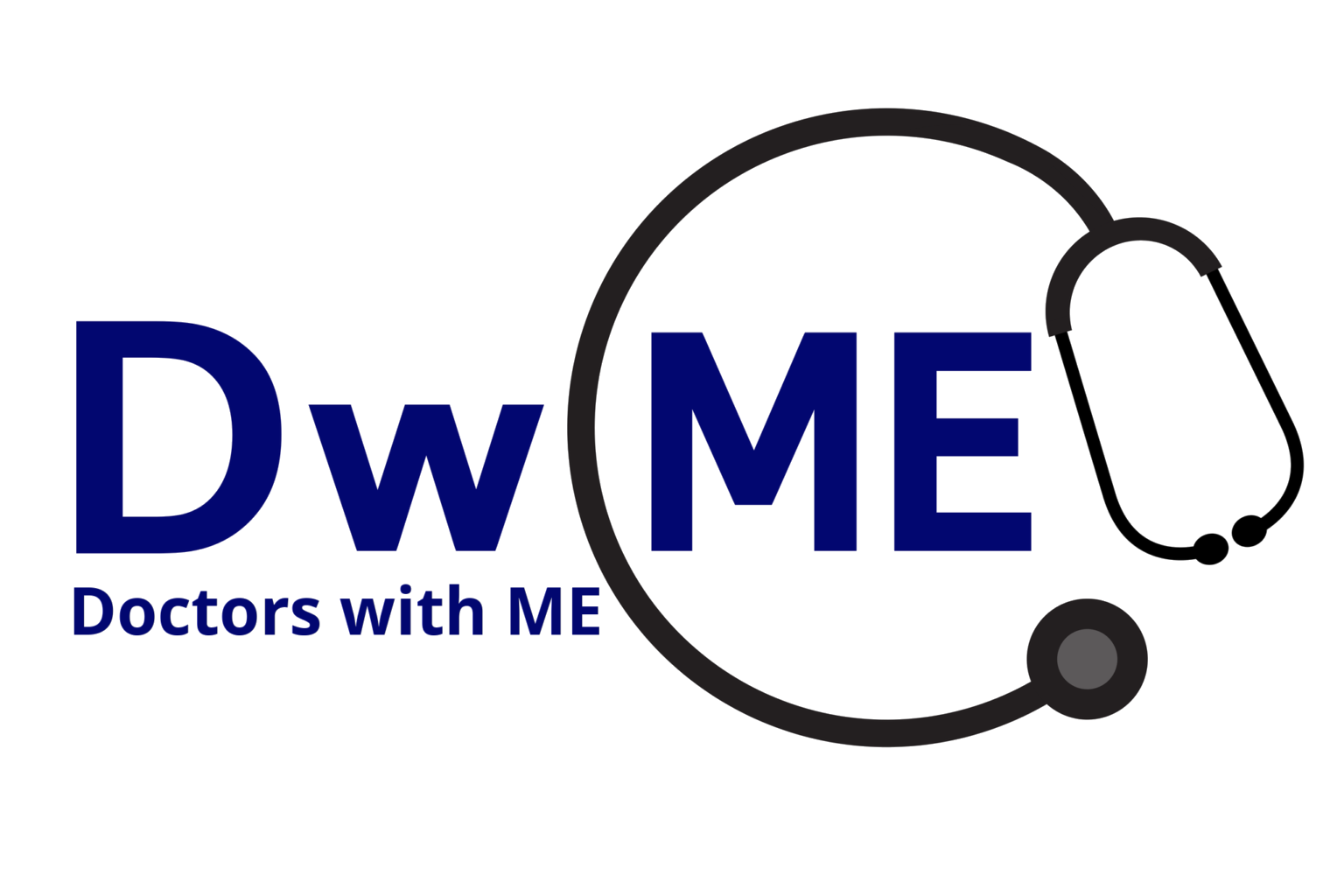- Summary
- Context of unmanaged liabilities
- Enforceable obligations
- Obligation to not negate ME/CFS legal status
- Obligation to procure ME/CFS medical education
- Obligation to not mislead or evade diagnosis and to provide sufficient detail (FND, MUS, PPS, ‘dysregulation model’ and Long Covid examples)
- Obligation to not abuse power and authority
- Obligation to recognise ME/CFS patient housebound or carer status
- Tests of lawfulness
- Risks – compliance and operational
- Unlawful clinical judgement (examples)
- Expertise risk and reputational risk – medical and legal
- Illusion of legal authority vs medical law enforcement
- Knowledge-gap risk and audit trails (examples plus research-market inefficiencies)
- Freedom of Information Act risks – flawed clinical judgement, discrimination and education refusal
- Third party risk from preceding unlawful clinical judgement
- Liability, malpractice and indemnification
- Irrelevance of official edicts and officialised redistribution of liabilities to frontline balance sheets (vaccination and NICE guideline examples)
- Compromised indemnification, insurance cover nullification and liability for lost income
- Evaluating duties of care and unmanaged risk exposures
- Risk mitigation
- References
- Version history
These compliance documents are live pre-released drafts that are specifically not structured for scientific audiences. Specific scientific referencing can be provided in consulting contexts, not limited to practice management, claims management, underwriting or litigation support for professionals or organisations.
Copyright and redistribution rights are governed by our terms of site usage. Communication of factual or typographical errata or other suggestions is welcome. This content was originally contained here (external link), has been split into separate compliance sections on our website and is in need of significant ongoing update.
A journalistic summary of these documents for lay audiences will soon be published.
Although the jurisdictional focus is the United Kingdom, direct equivalence can be found in other jurisdictions and markets. The policy, contractual and legal requirements on medical practice and indemnification provision follow a similar structure in most locales: neither official edict, professional body, private contract, the habitual nature of unlawful care nor eminently misinformed obfuscation can free clinical judgement from duties of care, statutory provisions, policy requirements or any consequential nullification of indemnification.
Common and civil law jurisdictions in north America, the Commonwealth and the European Union have state/regional and federal/national equivalents for the below UK references to the European Convention of Human Rights based Human Rights Act 1998, Freedom of Information Act 2000, Equality Act 2010, Public Sector Equality Duty and regulatory imperatives determined by the General Medical Council (GMC) and the Care Quality Commission (CQC). Overlapping legal duties of care, statutory requirements and policy provisions cumulate to general and non-medically governed compliance requirements of uniform high-quality care.
Examples of jurisdictions where this document may be of particular use for reapplication include:
- Locales where pseudo-science and cult-analagous practices have been “sold” into medical practice
- this includes the “Lightning Process” in markets such as Scandinavia, a productised commercial offering that 1) introduces physical harm risks by contradicting consensus findings regarding ME/CFS, 2) has been censured by the UK Advertising Authority and 3) exploits a research base that is officially documented by UK medical regulators as ranging from “very low” to “low quality”
- Locales where exercise or cognitive treatments have been “sold” into medical practice
- this includes GET/CBT, a productised offering that 1) introduces physical harm risks by contradicting consensus findings regarding ME/CFS and 2) exploits a research base that is officially by UK medical regulators documented as ranging from “very low” to “low quality”
- Locales that directly or indirectly force patients to engage in physical tests that carry risk of harm
- this includes the two day cardiopulmonary exercise tests (CPETs) that are used in laboratory conditions for research purposes (with express warning of their risks for harm for ME/CFS patients), and yet are commonly forced upon plaintiffs in US Federal SSID cases to offer a “witch-drowning” form of diagnosis that would be deemed inappropriate or unlawful elsewhere versus thorough diagnostic criteria
